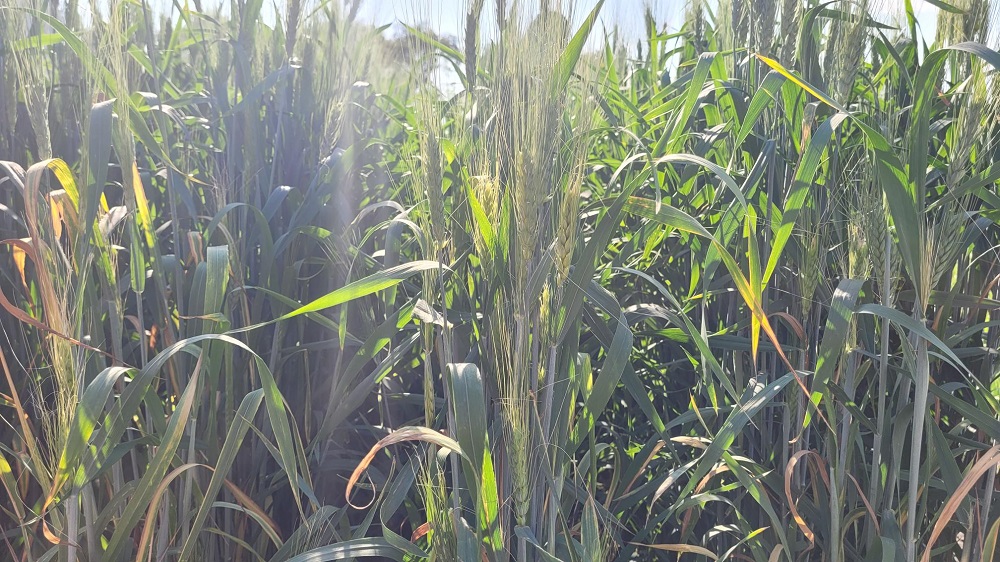The Agricultural Producers Association of Saskatchewan released a comprehensive report that attempted to address two key issues: how much a farmer earns from food bought at the grocery store and how much those commodities are connected to food price inflation.
APAS President Ian Boxall explained the Farmers and Food Price Report was the result of a resolution made two years ago, in response to food costs and commodity prices rising.
“When consumers started to see grocery store prices increase in 2020, 2021, there was a lot of conversation that was because of the higher commodity prices for what the farmers were getting for their products. There was a resolution brought forward to our AGM that we need to research this, we need to show that yes, our commodity prices have gone up but they haven’t gone up at the same rate as inflation. What you’re paying on a grocery store shelf the farmers are not getting all of that increased price, so that was basis of where this started.” explained Boxall.
The analysis was done by Kevin Grier, a Canadian meat and grocer analyst . All data was taken as averages across 2022.
The report examined 8 common products made in Saskatchewan: flour, bread, canola oil, margarine, lentils, beer, retail beef, and retail pork.
Boxall says the less processed a product was, such as canola oil and beef, the bigger a farmer’s share of the food dollar; by contrast, the more processed a product was, like beer and bread, the less a farmer earned. The farmer’s share of the retail price for canola oil was 41.6 percent and for beef it was 40.5 percent. On the low end, the farmer’s share for beer was only 2.1 percent and for bread its 6.2 percent.
“I didn’t think the beef number would be so high and I didn’t expect the canola oil number to be so high, I really didn’t,” he said. “I thought the farmer’s share of that would have been less…those were two that stuck out to me and then the other one was the two percent for the beer; that one was like ‘Oh, that’s not much for your barley is it?’”
Boxall was asked where the remaining percentage of the retail price went for those products.
“Some of it would be in transportation and then the slaughter and in the grocery store’s mark-up and everyone that handles it,” he answered. “I get it, every person that touches that commodity needs to make money or they won’t be in business, including the farmer, I get that; but at what point is it too much? Or is it? Is it just the way it is now? Those are some of the questions that can be asked now that we have the numbers.”
The report also covered food inflation from the retail side and the commodity side. The price for canola oil, for example, rose 41 percent for retail, but at the farm gate it was 18 percent. The price of beef, meanwhile, was up by 7 percent on the retail side while it was up 4 percent at the farm gate.
Boxall noted the price for canola oil was “quite a jump” and wondered what the change was for the grocery store to increase the price for beef.
“The freight is the same, the packaging the same, what has changed? Probably just the inflation number,” Boxall said.
Boxall’s concluded that while commodity prices played part of a role in food prices going up, “it has not caused the whole increase.”
“If we can educate the public and educate the consumer on this report…we get consumers asking those questions (to) the people that can answer them for them – to the grocers, to the packers, to the processors – let’s get asking the questions so that there’s a better understanding of where your food dollar goes.”
The Farmers and Food Price Report was released at the APAS AGM in Regina last week. You can find it in P-D-F form at apas.ca.








